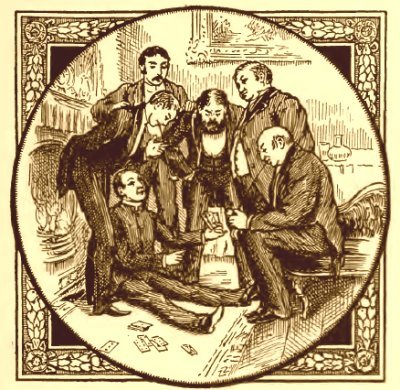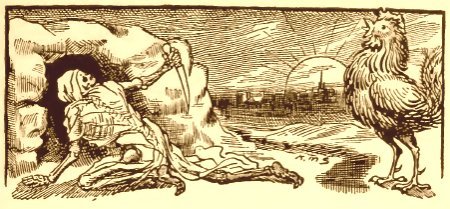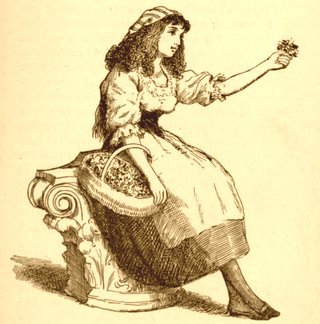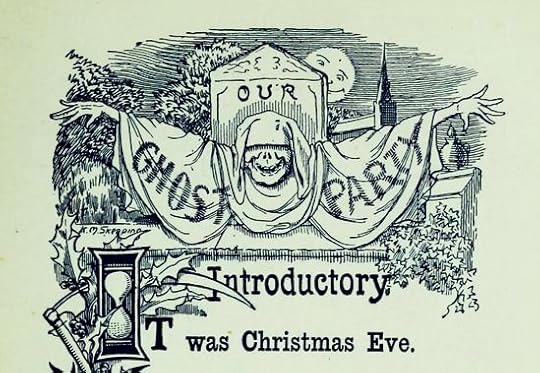What do you think?
Rate this book


ebook
First published January 1, 1891

When I returned to the drawing-room, I found the company seated round the fire, listening to the parson, who … … was dealing forth strange accounts of the popular superstitions and legends of the surrounding country... …He gave us several anecdotes of the fancies of the neighbouring peasantry, concerning the effigy of the crusader which lay on the tomb by the church altar... ...From these and other anecdotes that followed, the crusader appeared to be the favourite hero of ghost stories throughout the vicinity...

"Notwithstanding these imaginary terrors, Christmas has long been accounted, in England at least, the most fitting season for ghost stories."
"... we understand somewhat of the fitness of Christmas-tide for conversation about the shadowy side of the Universe of being. At other times there might be danger in talking too familiarly of 'fiends, ghosts and spirits that haunt the nights'; but at Christmas the power of malignant spirits was so neutralized by the mystical presence of the Christ-Child that curiosity respecting them might be safely indulged."
He explained that the ghost of all the tobacco that a man smoked in life belonged to him when he became dead. He said he himself had smoked a good deal of cut cavendish when he was alive, so that he was well supplied with the ghost of it now.
I observed that it was a useful thing to know that, and I made up my mind to smoke as much tobacco as ever I could before I died. I thought I might as well start at once, so I said I would join him in a pipe, and he said, ' Do, old man '; and I reached over and got out the necessary paraphernalia from my coat pocket and lit up.


 (1)
(1)It was Christmas Eve.
I begin this way because it is the proper, orthodox, respectable way to begin, and I have been brought up in a proper, orthodox, respectable way, and taught to always do the proper, orthodox, respectable thing; and the habit clings to me.
Of course, as a mere matter of information it is quite unnecessary to mention the date at all. The experienced reader knows it was Christmas Eve, without my telling him. It always is Christmas Eve, in a ghost story,
Christmas Eve is the ghosts' great gala night. On Christmas Eve they hold their annual fete. On Christmas Eve everybody in Ghostland who IS anybody—or rather, speaking of ghosts, one should say, I suppose, every nobody who IS any nobody—comes out to show himself or herself, to see and to be seen, to promenade about and display their winding-sheets and grave-clothes to each other, to criticise one another's style, and sneer at one another's complexion.